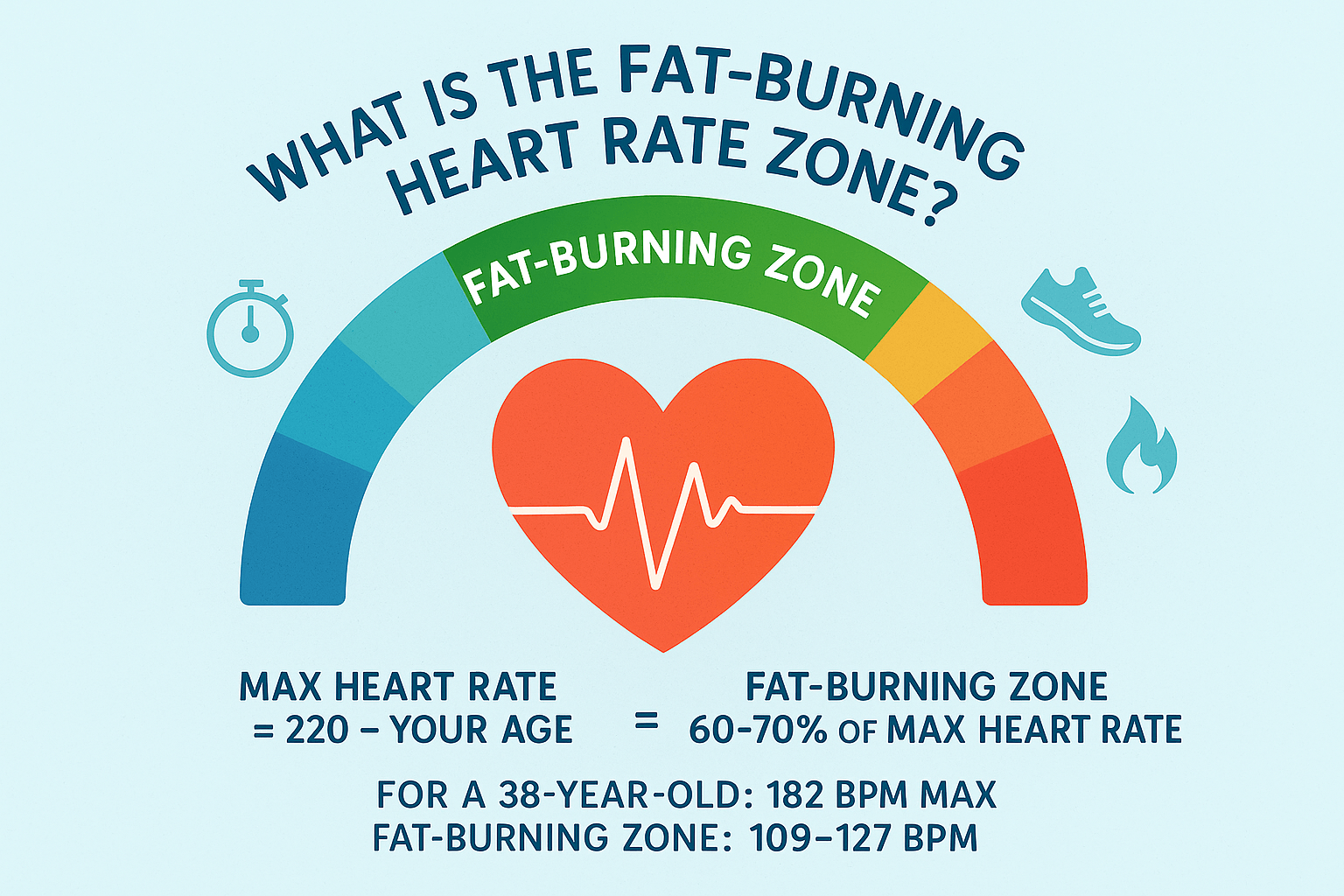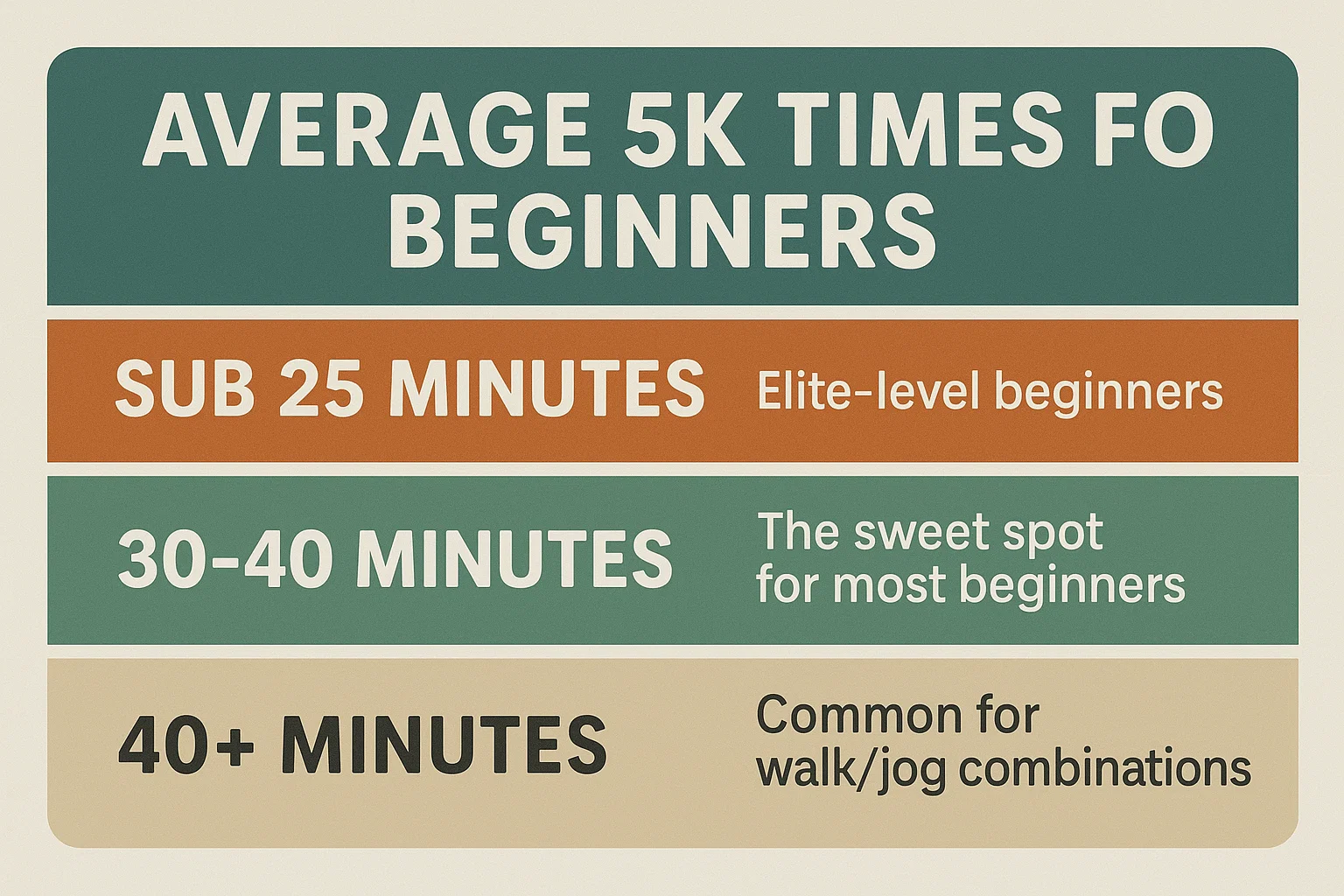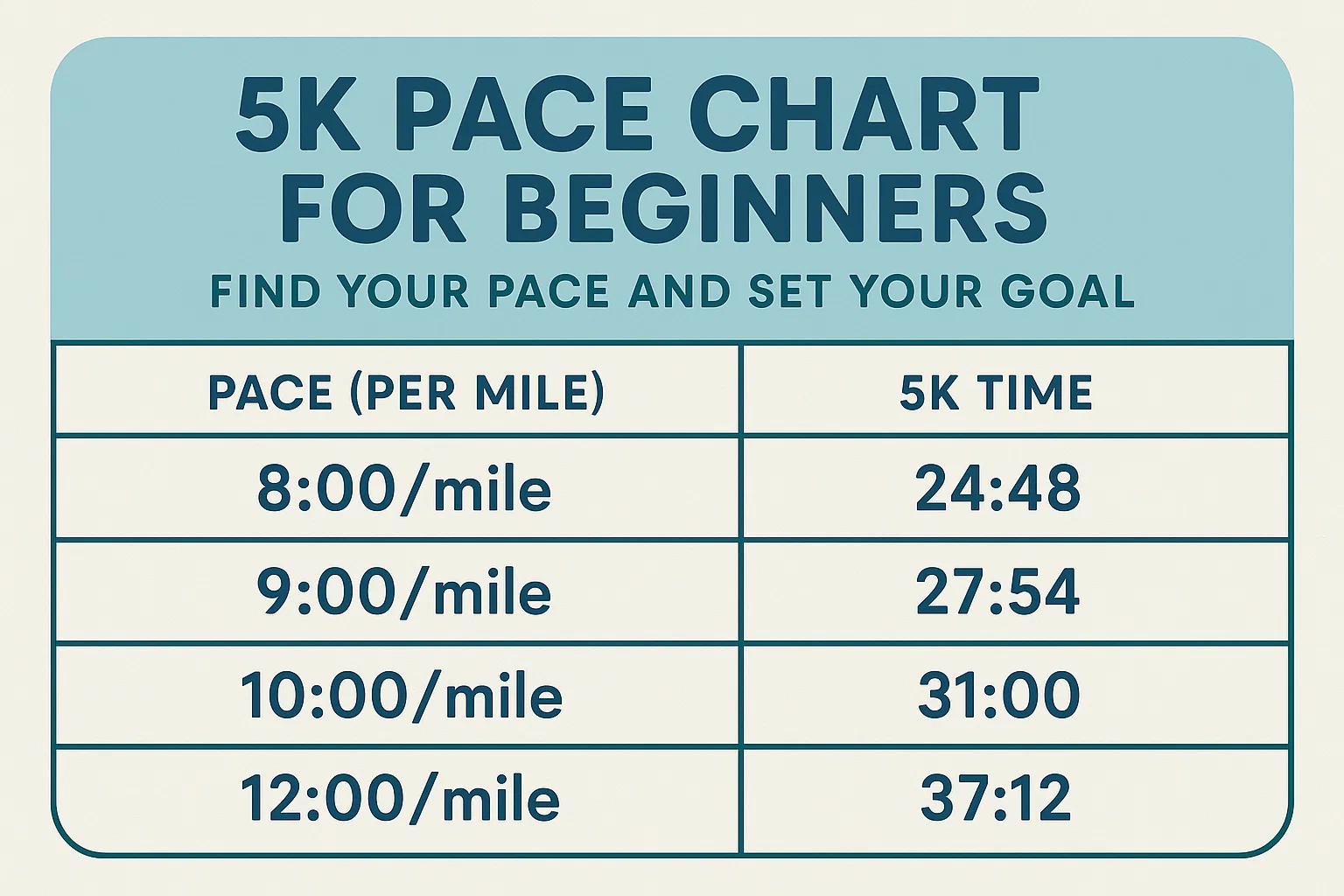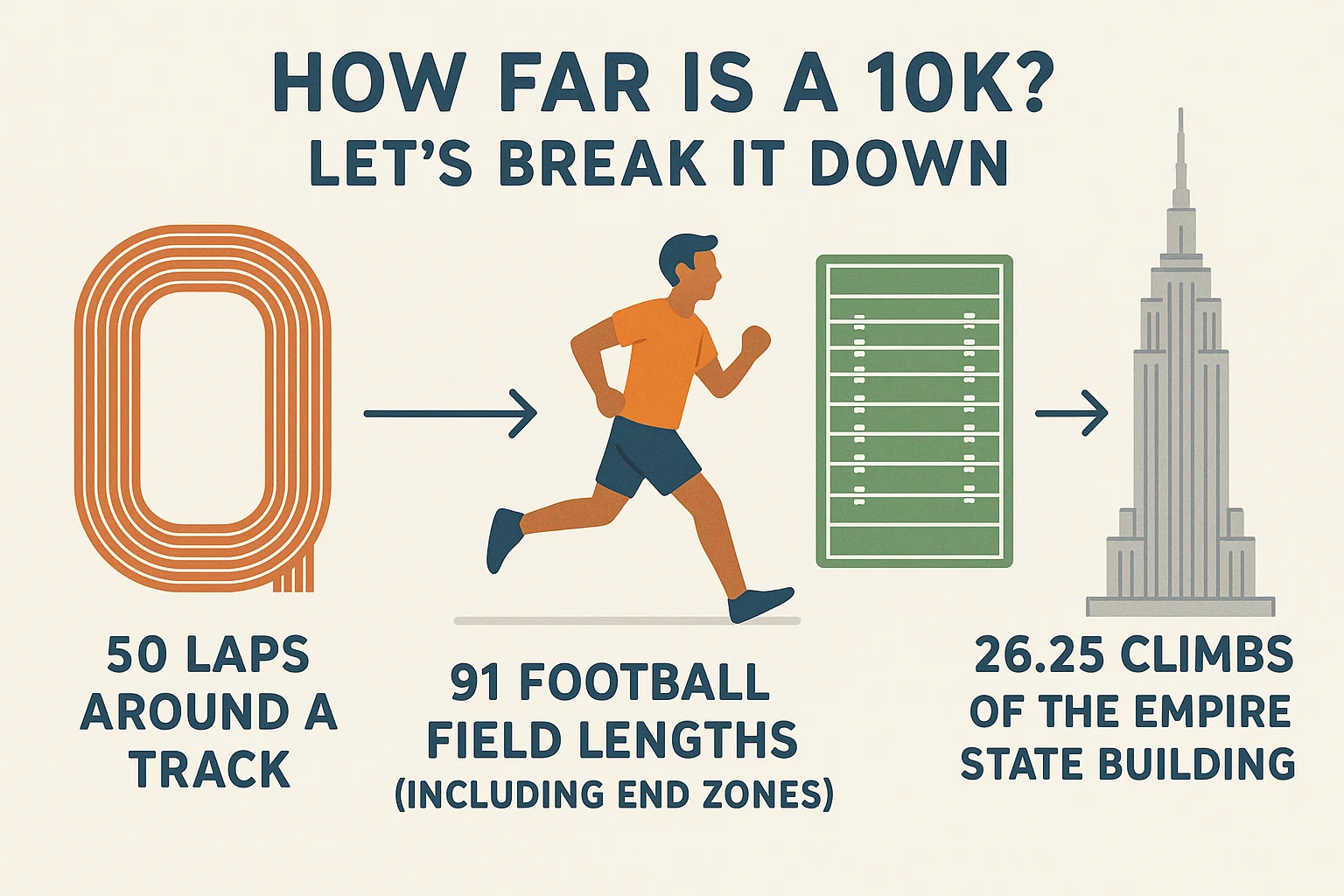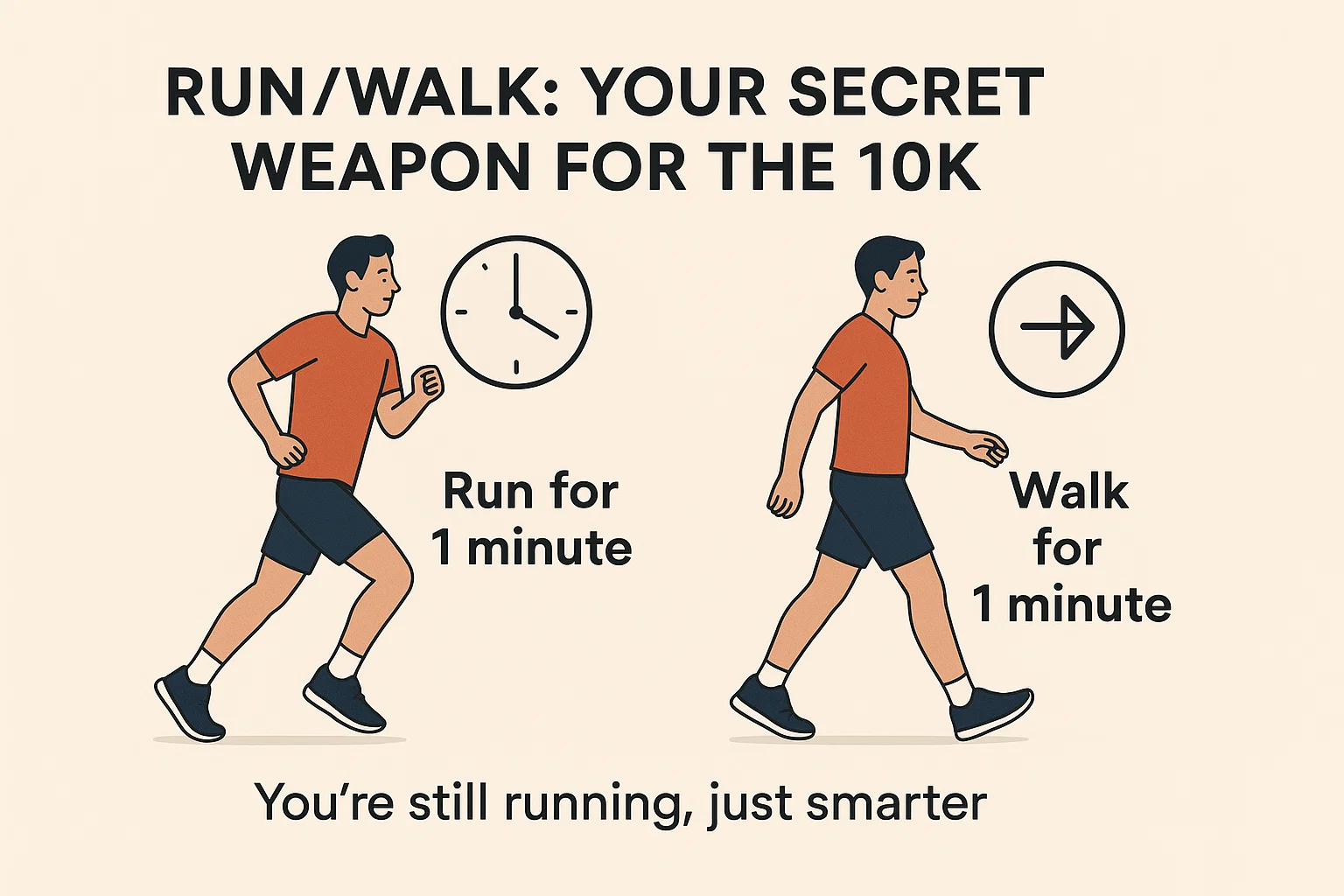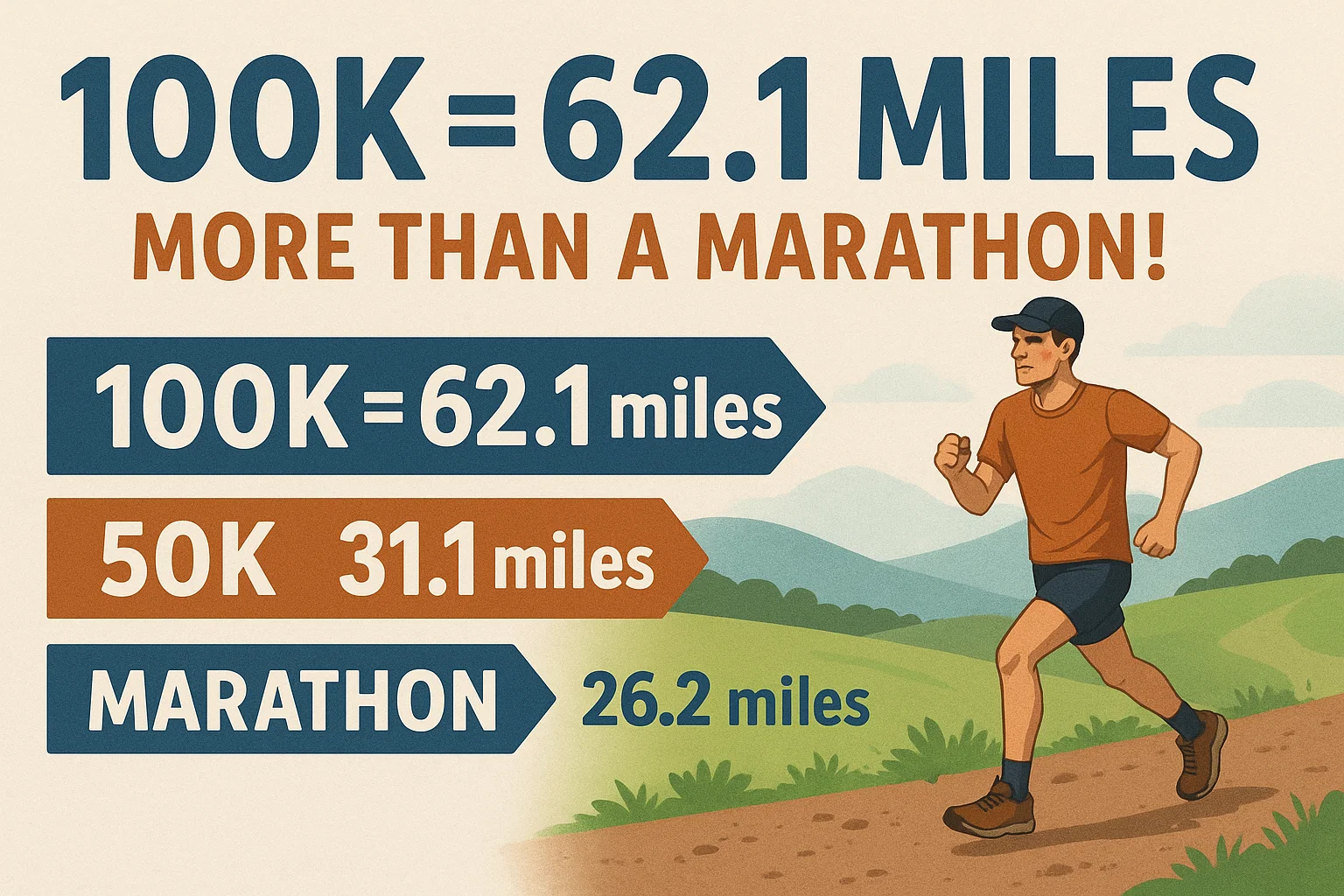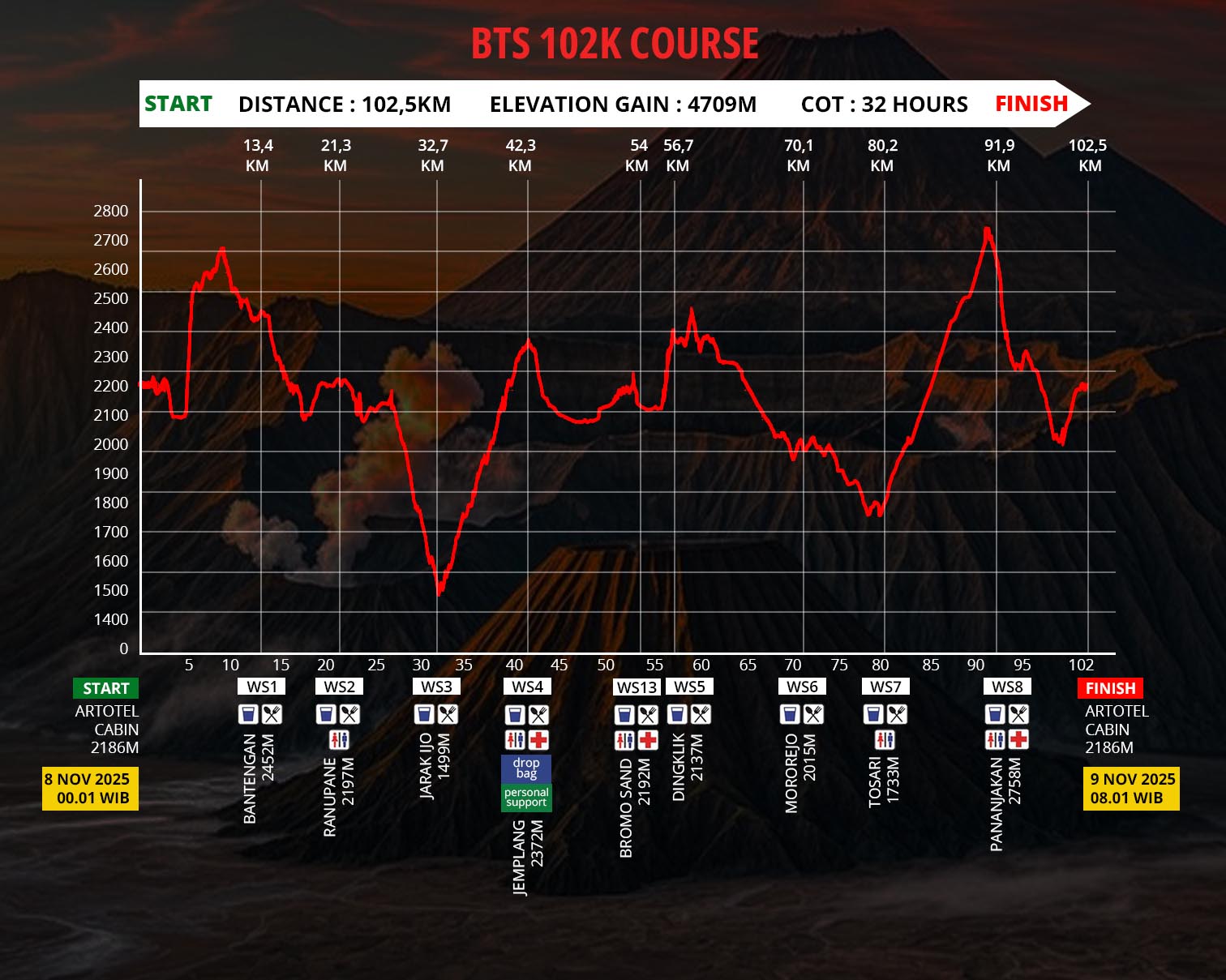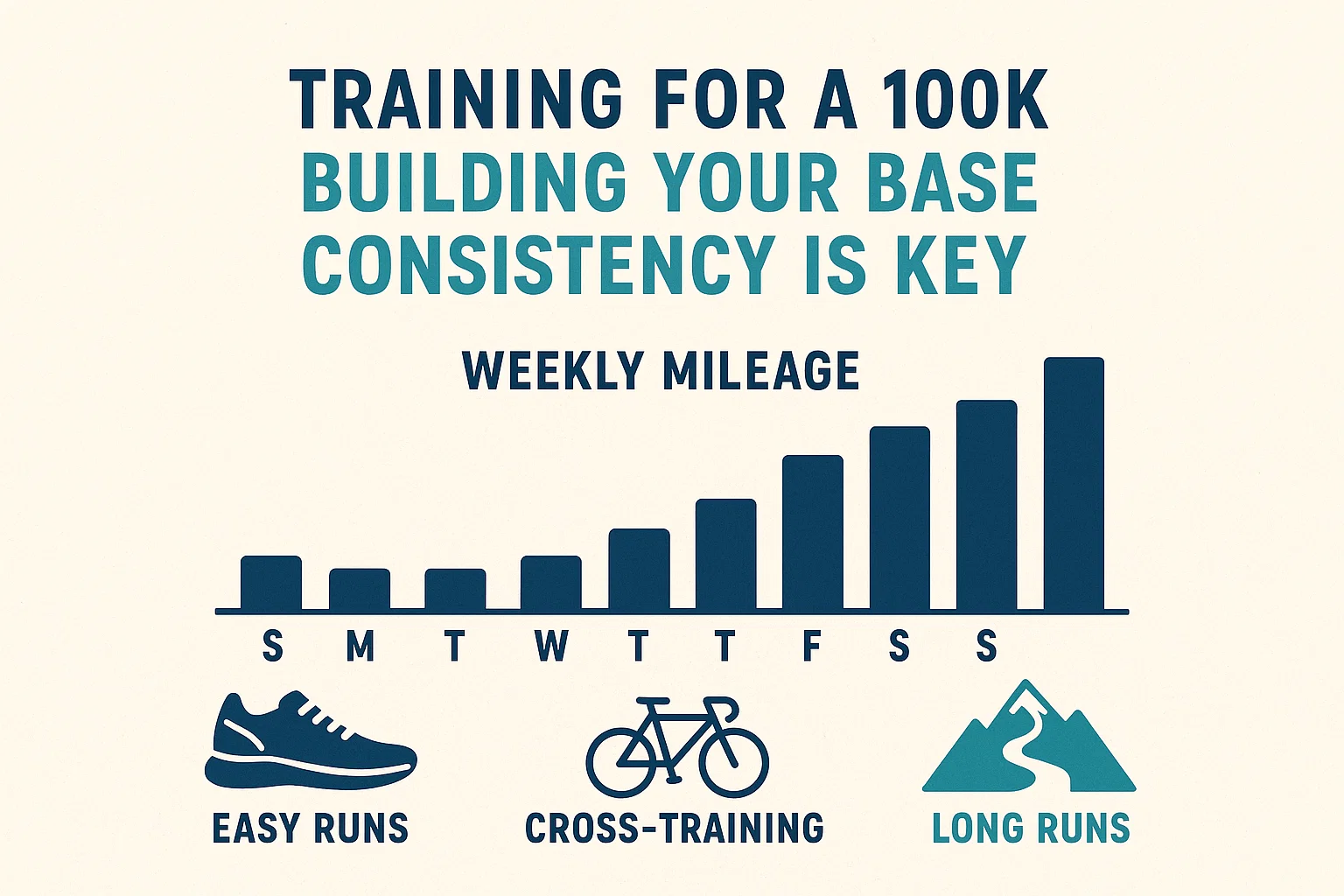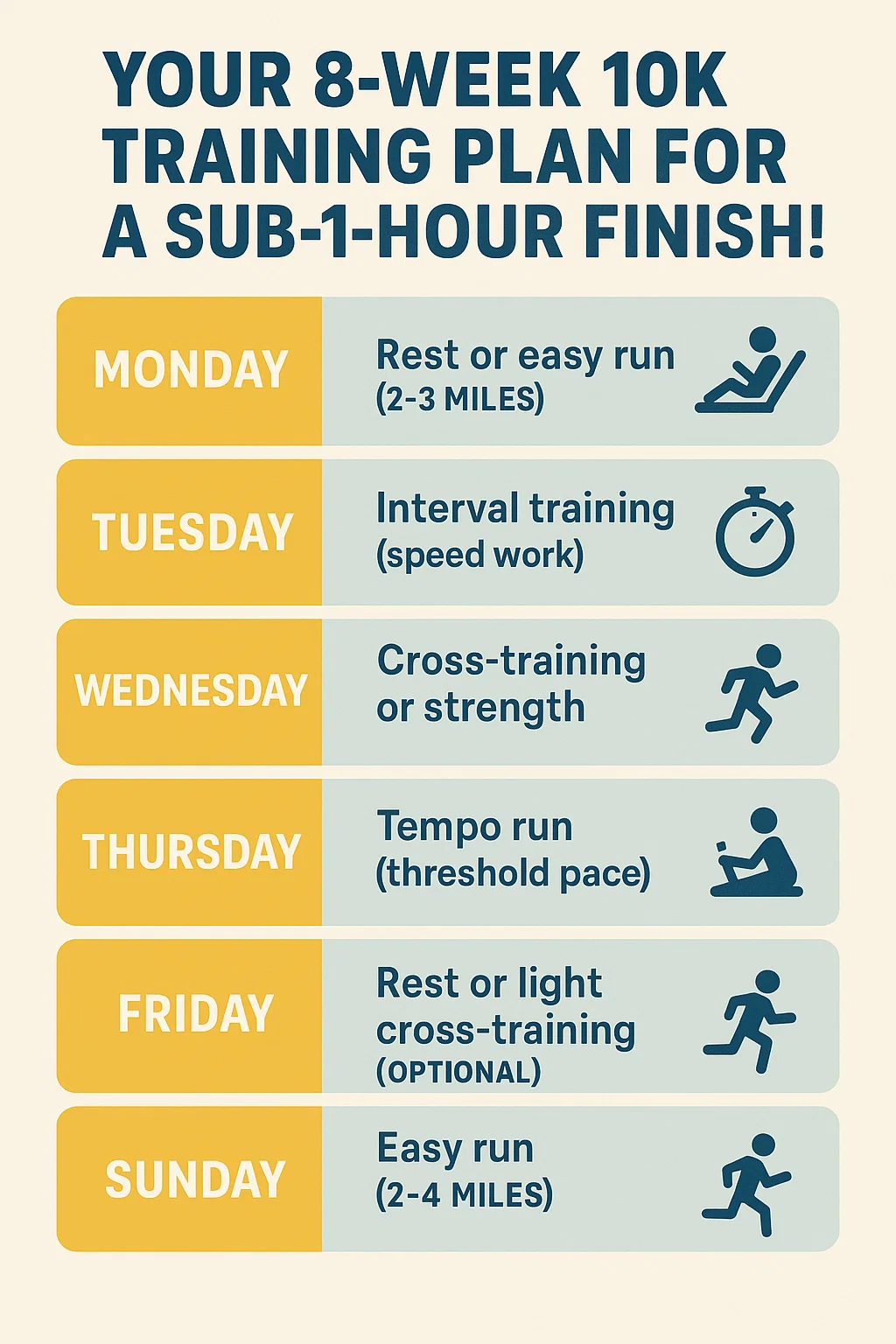Ever finish a run and still feel like you’ve got gas in the tank?
Like you could actually live your life afterward instead of crawling into recovery mode?
That was a rare feeling for me—until I ran into the Maffetone Method.
Now, I’ll be straight with you: I used to think running slow was for people who didn’t train hard enough.
Living in Bali, with hills that eat your quads and heat that melts your willpower, “easy running” sounded like a joke. I’d scoff at the idea of walking up a hill.
But then I tried it—and it flipped my training upside down.
MAF training made me eat my ego, but in the best way possible.
It taught me how to build real endurance without wrecking my body every session.
It reminded me why I love this sport—because it’s not about looking fast, it’s about becoming strong from the inside out.
So if you’re a beginner just trying to get your legs under you or a veteran marathoner tired of burnout, I’m walking you through everything I’ve learned (the hard way) about MAF.
We’ll talk about the science, the mindset shifts, how to create your own plan, and why sometimes the biggest gains come from the slowest runs.
You’ll get real tips, real examples, and yeah—some of my own stories where I nearly threw in the towel.
MAF isn’t easy, but it works. Let’s dig in.
What Is the Maffetone Method?
The Maffetone Method (MAF) is a way of training based on heart rate—not pace, not mileage, not how tough you feel.
The goal is to stay in your aerobic zone, where your body uses fat for fuel (Zone 2, if you’re tracking that stuff).
Dr. Phil Maffetone—a guy who’s been helping athletes since the 80s—came up with this method to focus on building aerobic power without beating up the body.
Instead of chasing speed all the time, MAF flips the mindset: train easy, build the engine, and then see the speed come.
The backbone of the method is the 180 Formula:
180 – your age = your max aerobic heart rate
That number? That’s your ceiling. You don’t go over it on most runs.
For example:
Got health issues or just coming back? Subtract 5–10 beats.
Been training consistently for a couple years? Use the base number.
Elite and injury-free for years? Maybe add 5.
So if you’re 40 and healthy, your MAF number is around 140 bpm. That’s your magic zone. Go over it, and you’re dipping into anaerobic territory—something we avoid during MAF blocks.
When I plugged in my numbers, I got 143 bpm. That number ruled my life for months.
I’d be jogging along, heart rate creeping up—boom, I’d back off. Sometimes that meant walking. Sometimes it meant people passing me left and right.
I hated it.
But it worked.
Why It Works (Even If It Feels Way Too Easy)
The real genius behind MAF? You train your body to run faster at the same heart rate.
You don’t need to push harder—you just become more efficient.
Over time, you go from slogging along at 12:00/mile to cruising at 10:00/mile with the same heart rate.
It’s all about adaptation.
You teach your muscles and your heart to work smarter, not harder.
Fat becomes your go-to fuel source.
Oxygen gets used better.
Recovery feels easier.
And you’re not stuck nursing overuse injuries every couple of months.
Still think it’s too soft?
Let me throw down a name: Mark Allen—six-time Ironman world champ.
The guy couldn’t run faster than 8:15/mile when he started MAF training, and that was 3 minutes slower than his usual pace.
But he stuck with it. Months later, he was running 5:20 miles at the same heart rate.
Let that sink in.
He didn’t change his gear. He didn’t find some magic diet. He just slowed down, trained smarter, and built a base most of us only dream about.
Why I Swear By Zone 2 Training
Let’s be real—most runners want to go fast. We crave that finish-line kick, that feeling of pushing the edge.
But here’s the deal: the real gains? They start when you slow down.
Training in Zone 2, your lower aerobic zone, teaches your body how to run smart—not just hard.
It’s where your heart rate stays chill and steady, and your body taps into fat for fuel instead of guzzling through limited carb reserves.
I know, fat-burning sounds like some diet ad, but this isn’t fluff. It’s physiology.
When you’re in Zone 2, your body’s mostly burning fat and preserving your precious glycogen (that’s your carb energy). And that matters because you’ve only got about 90 to 120 minutes of solid carb fuel in you at moderate intensity.
That’s why you bonk during a long race if you haven’t trained this system.
Fat, though? Even lean runners are walking around with tens of thousands of calories stored. Zone 2 teaches your body to dip into that bank early and often. That’s how you go longer without crashing.
From Sluggish to Strong
Here’s the cool part. Training in this zone doesn’t just help you burn fat—it reshapes your entire engine.
According to science, regular Zone 2 running leads to more capillaries (those tiny blood highways that feed your muscles), and boosts the number of mitochondria—the “power plants” of your cells.
More of those little guys means more energy, better endurance, and a heart that beats stronger and more efficiently.
Your resting heart rate might even drop.
It’s like giving your whole cardiovascular system a performance upgrade—without needing fancy shoes or tech.
When I stuck to Zone 2 during my base-building phase, I wasn’t just running slower—I was building a machine.
What About Speed?
I get it—slow running sounds like the opposite of getting faster.
But trust me, this is the long game. This kind of training lays the foundation so that when you do hit the gas, your body’s ready for it.
Elite coaches have known this forever. In fact, many of them suggest that around 70–80% of your running should be done at low intensity.
Even Dr. Phil Maffetone took it a step further with his MAF Method—where, at first, you might do nearly 100% of your running at this slow, easy pace.
Yeah, it’s strict. But it works.
It’s not about pace. It’s about heart rate.
One runner might be cruising at 7:30 per mile while staying in Zone 2, while another is doing run-walk intervals just to keep the heart rate in check.
And that’s totally fine.
Effort is what counts. Not Strava pace.
If you can talk while running, you’re in the zone. If you’re gasping for air like you’re finishing a 5K, back off.
Lifestyle Matters More Than You Think
Here’s where it gets interesting—and where Maffetone’s philosophy really shines. Your run effort isn’t just about the run.
Had a night of crap sleep? Your heart rate’s gonna spike. Stressed from work or ate junk food? Same deal. Skipped your rest day? Yep, your heart’s working harder even on an easy jog.
MAF forces you to pay attention to those things because they show up in your running—even when you think you’re taking it easy. It’s not just a training plan; it’s a mirror.
I’ve had days where I felt fine but my heart rate told another story. That feedback was a wake-up call—I had to clean up the rest of my life if I wanted better runs.
Calculating Your MAF Heart Rate
Let’s break it down in runner-speak.
You want your MAF number? Here’s the quick-and-dirty formula:
180 – your age = your base aerobic cap.
Tweak it depending on your training background:
- If you’ve had a major illness or injury lately, knock 10 beats off.
- If you’re a little banged up, been inconsistent, or out of shape, subtract 5–10.
- If you’ve been training steadily for the past couple of years with no big setbacks, keep it as-is.
- If you’re a seasoned athlete with years of consistent running under your belt, add 5.
That final number? That’s your max heart rate for MAF-style aerobic runs.
And here’s the kicker: staying under it is fine—even better when warming up. Going over? Not okay. Every beat counts in this method.
When I first started this, I kept creeping over by 2–3 bpm and thought, “Eh, close enough.” But the truth is, those few beats shift you out of the aerobic zone and into no-man’s-land.
You’re not going easy, but you’re not going hard either—you’re just frying your system without real gains.
Heart rate monitor? Non-negotiable.
I recommend a chest strap or a reliable armband. I made the rookie mistake of relying on my wristwatch when I first dabbled with MAF. One day it told me I was cruising at 150 bpm. Spoiler alert: I wasn’t. The watch was picking up my cadence, not my heart rate. I was running blind and fooling myself.
Wrist sensors are notorious for flaking, especially in heat or during bouncy runs.
Chest straps might be old school, but they don’t lie. And if you don’t have one? You can still MAF-train by feel—just run really easy.
Like, embarrassingly easy.
The Ego Punch You Didn’t See Coming
Let’s get real—MAF running feels ridiculously slow in the beginning.
Your pride? It’s going to scream. But that’s part of the process.
I’ll never forget one of my earliest MAF runs. I was puttering along a flat stretch, and some guy walking his dog passed me. I wanted to chase him down just to prove I was a “real runner.”
But I checked my heart rate—138, safely under my 143 cap—and told myself, “Let it go, David. Long game.” I kept jogging. That was the first time I felt like I truly got what MAF training was all about.
This mental battle? Totally normal. Most runners hit it hard in the first few weeks. Stick with it.
A few months in, you’ll be gliding past those same walkers—still breathing through your nose, still under your cap—and wondering why you ever doubted the method.
Is MAF Training Right for You?
Now let’s get to the real question: Should you even bother with this stuff?
Short answer: It depends on your goals, mindset, and how beat up you feel.
Here’s who should seriously consider going full-MAF:
1. You’re chasing endurance, not just a medal.
Thinking about your first half marathon or ultra? MAF works super well for building a massive aerobic base—the foundation every distance runner needs. Without it, you’re just stacking bricks on sand.
2. You’re always injured or burnt out.
If your training cycle is just “build, break, repeat,” it’s time to chill out. MAF reduces overall body stress so you can recover, rebuild, and come back stronger—without smashing yourself into the ground every week.
3. You want to burn more fat and stop bonking.
Been there. That late-race crash where you hit the wall? That’s poor fat utilization. MAF teaches your body to burn fat more efficiently by staying in the aerobic zone. Bonus: you’ll lean out in the process if weight loss is on your radar.
4. Your “easy runs” aren’t actually easy.
If you think you’re running easy but still finishing sweaty and gassed—newsflash: you’re not going easy. MAF puts you on a leash and teaches true discipline and pacing. It’s like running school for grown-ups.
5. You want to run by feel.
It’s weird, but using a heart rate monitor helps you become a more intuitive runner. You start noticing your breathing, your footstrike, your tension levels. Over time, you’ll know what 140 bpm feels like without even looking. That’s power.
6. You’re just starting out or coming back after a break.
MAF is perfect for beginners or comeback runners. It keeps your ego in check and lets your body adjust without cooking your joints or lungs.
7. You’re fried—physically, mentally, emotionally.
If your resting heart rate’s up, your sleep’s crap, and your motivation is shot… MAF is your lifeline. It’s not sexy, but it works. Think of it as a reset button for your body and brain.
When MAF Might Not Be a Fit
It’s not for everyone.
If you only run twice a week and have a race coming up in a few weeks, MAF probably won’t work magic in that short window.
Or if you’re hooked on speed sessions and dread slow miles, you might mentally struggle with the patience it takes. (Though, honestly, those are the folks who probably need it the most.)
MAF is a slow burn, not a firework show.
Crafting Your MAF Training Plan
Alright, let’s get real. If you’re new to MAF training—or running in general—you don’t need a fancy strategy.
What you need is a solid plan that actually works in the real world.
Here’s how to build your MAF training routine from scratch, no fluff, no BS.
Step 1: Find Your MAF Heart Rate
You’ve probably seen this already, but let’s hammer it home:
Take 180 and subtract your age. That’s your rough max aerobic heart rate.
For most folks, your sweet spot will sit about 10 beats below that number up to the max.
So if your MAF is 140, your working zone is around 130–140 bpm.
You don’t need to stay glued to the top of that range. Hover anywhere in the zone and you’re doing work.
As a beginner, you’ll probably want to sit in the lower end anyway to make sure it’s truly easy.
I remember when I first started—anything above 125 felt like I was pushing it.
Take your time. This is about building, not burning out.
Step 2: Gear Up Like You Mean It
You need a decent heart rate monitor. Period.
Chest straps are best, but optical armbands or wrist sensors can work—just know wrist sensors can be a little moody.
Wear it tight, check it often, and don’t freak out if it spikes randomly.
Also—shoes matter. More than most people think.
MAF runs are slow and steady, but that slower pace can change how your feet hit the ground.
If you’re shuffling more, you need shoes that actually feel good at that pace.
I’ve had runners who swear by higher-cushion or more flexible soles for their easy runs. Try a few pairs, see what clicks.
Step 3: Build a Weekly Rhythm That Fits You
The beauty of MAF? It’s chill. That means your body can handle more volume—eventually.
But don’t get greedy too soon. Start with something manageable and grow from there.
Here’s a rough breakdown:
- Brand new to running? Run/walk three times a week. Let’s say Tuesday, Thursday, Saturday. Keep it short—20 to 30 minutes. Walk breaks are not weakness. They’re part of the deal.
- Been running a few months? 4–5 days a week is doable. Add a longer session on Sunday, keep the others short and sweet.
- Got some races on the radar? You might hit 5–6 days, following that old-school “3 weeks build, 1 week back-off” cycle.
This is flexible. Life happens. Just aim for consistency—not perfection.
Step 4: Start Every Run Slow (Like, Sloth-Level Slow)
Here’s the rookie mistake: bolting out the door like you’re chasing a PR.
Don’t do that.
When you start from rest, your heart rate shoots up fast. It’s called cardiac lag.
Fix it by easing in.
Me? I walk for 2–3 minutes. Then I jog gently for another couple, heart rate still well below MAF. I don’t get to my MAF zone until minute 10.
It’s not wasted time—it’s the setup that makes the rest of the run smoother.
Step 5: Use the Talk Test
Forget the numbers for a second.
Can you breathe through your nose?
Can you talk in full sentences?
If yes, you’re probably right where you should be.
If not—if you’re gasping, mouth open, wheezing through a sentence—you’re going too hard.
In Bali’s heat and humidity, nose breathing feels impossible some days.
But back in cooler weather? It’s a solid gut check.
Learn to listen to your body. It’s smarter than your watch.
Step 6: Walk Breaks = Progress (Not a Step Back)
Let’s kill this myth right now—walking doesn’t mean you failed.
It means you’re training smart.
Early on, even a slow jog might shoot your heart rate above your cap. That’s fine.
So jog, watch your HR, then walk until it drops.
Repeat.
You’ll start with short jogs and longer walks.
Then, without forcing it, you’ll flip that around.
One day you’ll notice—you haven’t walked in 15 minutes. That’s improvement.
Got hills? Walk them. I do.
There’s no ego in grinding up a hill at 170 bpm just to say you ran it.
Walk strong, stay aerobic, move on.
Step 7: Long Runs Are Still the Cornerstone
Even with MAF, long runs matter—especially if you’re training for a 10K, half, or full marathon.
Keep them fully aerobic.
Pick one day a week (usually weekends) and just go a little longer.
If you’re used to 30-minute runs, make your long run 45 or 50. Don’t jump to 90 minutes out of the gate.
Add 5–10 minutes a week, then back off every few weeks. That rhythm keeps you building without frying your legs.
Since MAF is all easy pace, you can bump mileage a little faster than in high-intensity plans—but only if your body’s cool with it.
I’ve seen beginners go from a 3-mile long run to 10 miles in a few months, walking part of it, all in zone 2.
That’s how you build endurance without burning out.
And don’t sweat the pace.
Yes, it might be slow. Yes, you might walk some of it.
That’s not just okay—it’s expected.
Step 8: Cross-Training & Strength
Just because you’re training MAF-style doesn’t mean you skip everything else.
In fact, this is the perfect time to sneak in some strength work and mobility—especially since you’re not fried from hardcore intervals.
Think push-ups, planks, squats, deadlifts—basic, honest work.
And don’t worry, strength doesn’t usually jack up your heart rate like running (unless you’re going full CrossFit beast-mode). Maffetone himself is a big believer in strength and mobility.
Two days a week of proper strength training? That’s gold.
You’ll be more durable and less injury-prone.
Pro tip though: Don’t turn your lifting sessions into HIIT. I see people trying to “lift for cardio” and end up gassed like they’re in a spin class.
Chill. Rest between sets. Nail your form. Save the heart rate spikes for your long runs.
Now, aerobic cross-training? Absolutely.
Bike rides, swimming, elliptical—all fair game at MAF heart rate. It all counts toward your aerobic engine.
I’ve coached runners who couldn’t run due to injury, but they kept their base solid by cycling at 130 bpm.
Your heart doesn’t know the difference—it just beats.
If you get bored with just running, toss in a swim or a mellow bike ride once a week.
That mix keeps your legs fresher and your brain sane.
Step 9: Keep Tabs on Your Body
Track your progress. Not just with pace, but with how you feel.
Use the MAF test monthly. But also watch your energy.
If your MAF pace tanks or you’re constantly dragging, take a hard look at what else is going on: poor sleep, stress, ramping up mileage too fast?
Don’t be that person who thinks slow running means you’re invincible. It’s still training. You still need rest days.
I recommend 1–2 days off per week, especially if you’re new to this.
And “off” doesn’t mean lazy. Walk. Stretch. Do yoga. Recharge.
One more tip: listen to your heart—literally.
If you head out and your heart rate shoots up 15 beats above normal on an easy jog? Something’s off.
That’s your body waving a red flag.
I’ve had days where my watch says 150 bpm before I even get going—on those days, I turn around or take a walk instead.
Your ego won’t like it, but your recovery will thank you.
Step 10: When (and How) to Add Speed
After a few months of solid MAF base work—say 3 to 6 months—you can start mixing in some faster stuff if your goal calls for it.
That’s the beauty of this approach.
You’ve built the engine. Now you can hit the gas.
This is where 80/20 training kicks in: 80% MAF, 20% quality work. Intervals, tempos, hill reps—you’re ready for it now.
As I’ve explained earlier, Mark Allen, one of the greats, did exactly that after his base phase and unlocked a whole new gear.
But here’s the deal—only add speed if you’re chasing something specific.
If your goal is general health or just finishing a marathon without collapsing, you might not need much fast stuff at all.
Some folks live happily in the low-intensity lane and still get fitter every year.
If you’re eyeing a 5K PR though? Yeah, you’ll need to fire up those legs.
Just make sure speed doesn’t trash your base.
Keep testing your MAF pace. If it slips after adding intervals, back off and recalibrate.
One quality session a week and a moderate tempo can be plenty.
The rest? Keep it slow.
That’s how you build forever fitness.
Step 11: Fuel Like It Matters
MAF isn’t just about what’s on your watch—it’s also about what’s on your plate.
You don’t need to overhaul your entire diet, but you do need to eat like your training matters.
Whole foods. Less junk. Try not to pound sugar before every run.
Maffetone often encouraged trimming refined carbs and playing with fasted runs to boost fat-burning.
Personally? I’ve found that dialing back sugar, especially during base building, helps me feel more steady on long runs.
Sleep, stress, hydration—it all ties in.
MAF rewards the runners who treat their bodies like performance machines, not trash compactors.
Eat enough, recover well, and let the aerobic magic do its thing.
Step 12: The Boring Truth—Consistency Wins
Here’s the not-so-sexy truth: MAF works best when you stick with it.
Miss a day? Who cares. Just get back to it tomorrow.
One good week won’t change much, but six good months? That’s where transformation lives.
Track mini wins.
Celebrate those moments—like staying under MAF heart rate on a hilly route or finishing a long run feeling like you could keep going.
Journal your training. Find a rhythm. Enjoy the process.
And when in doubt? Remember the motto:
Slow down to get faster.
It’s not just a catchphrase—it’s a mindset shift. Trust the process.
Sample MAF Running Plan for Total Newbies
Here’s a no-fluff layout to help you ease into MAF training without burning out:
Weeks 1–2
Run 3x/week for 20–25 minutes at your MAF heart rate
Expect plenty of walking—it’s normal
Cross-train 1–2x a week if you want to move more
Weeks 3–4
Bump it up to 4 runs/week
Each run around 30 minutes. Try stretching one to 40 minutes
Always keep your heart rate capped at MAF
Weeks 5–6
Aim for 4–5 runs/week
Mix: 2 runs at 30 minutes, 2 at 40–45 minutes
Long run creeps up to around 60 minutes
By now, walking might be less frequent as your aerobic base builds
Weeks 7–8
Test Yourself
Do a MAF test at the end of week 4 and again at the end of week 8.
This helps you see if your pace is improving at the same heart rate.
Rest Weeks Matter Too
Every 3–4 weeks, plan a down week.
Cut the volume by 20–30%. This is where the magic happens—your body adapts and gets stronger.
You can either reduce your running time or swap one run for a brisk walk.
Make It Fit You
This plan isn’t one-size-fits-all.
If you’re younger, already active, or recover quickly, you might be able to handle more.
If you’re older, brand new to running, or dealing with nagging aches, pull back.
MAF training works because it’s flexible. The heart rate formula stays the same, but the pace, mileage, and walking ratio will look different for everyone.
I’ve coached people in their 60s doing MAF with walking breaks—and they still improved.
I’ve also worked with runners training for ultras who used this exact layout as their foundation.
The key?
Stay consistent and keep your ego in check.
Sample Week – Beginner 10K Plan (MAF Style)
Monday: Total rest or gentle yoga
Tuesday: 30-min MAF run (run/walk if needed). ~2.5 miles. Keep HR ~130–140.
Wednesday: 30-min brisk walk or bike ride (stay under MAF). Or short run if you’re feeling good.
Thursday: 40-min MAF run. Maybe 3–4 miles. Walk the hills if your heart rate spikes.
Friday: Strength training (bodyweight-focused, not cardio-crazy).
Saturday: Long run: 60 minutes at MAF (5–6 miles).
Sunday: Easy jog or walk (20–30 mins). Or full rest and some mobility.
Sample Week – Marathon Base-Building Plan
Monday: 5 miles easy (MAF)
Tuesday: 8 miles easy (MAF)
Wednesday: 5 miles + strength work
Thursday: 8 miles easy (MAF)
Friday: Rest
Saturday: 15-mile long run at MAF
Sunday: 4-mile recovery jog (way below MAF, just moving the legs)
Walking on Hills Isn’t Weak—It’s Smart Running
Let me tell you a little story.
There’s this hill not far from my place. It’s not Everest or anything, but it’s steep enough to make your quads curse.
First time I hit it during MAF training? My heart rate monitor basically screamed at me halfway up. I had two choices—slow down to a near stop or swallow my pride and walk.
Now, the old me? I would’ve kept running no matter what. Because “walking = failure,” right?
Wrong.
MAF David decided to be smarter, not stubborn. I slowed to a power walk, felt a little goofy doing it, but guess what?
My heart rate stayed right where it needed to be. And I finished the rest of that run strong.
Fast forward a couple of months—after putting in consistent effort—I could jog more of that hill.
Eventually, I made it to the top with a slow trot, all under my MAF heart rate cap. No alarms, no ego, just progress.
That was real aerobic fitness talking.
So if there’s a hill on your route, don’t fight it.
Walk if you need to. That’s not weakness—it’s just you being smart about your training. Gravity doesn’t care about your ego.
Ready to Give MAF a Try?
By now you know that the journey won’t be easy – at least not on your ego – but the rewards can be incredible.
I encourage you to take the MAF challenge: commit to several weeks of dedicated low heart-rate running and see what happens.
You might be amazed at the transformation in your endurance and how you feel.
Remember, every runner’s path is unique, but the principles of patience, consistency, and listening to your body are universal.
So, strap on that HR monitor, embrace the process, and run on your terms.
In a few months, you could be running stronger, faster, and healthier than ever before – all thanks to slowing down.

